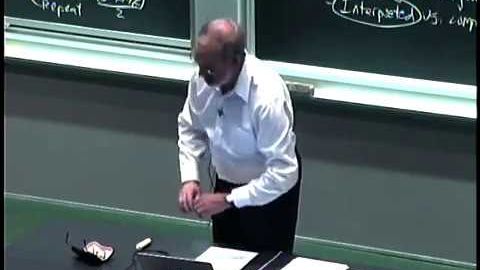Lec 1 | 麻省理工學院 6.00 計算機科學與程序設計導論,2008年秋季。 (Lec 1 | MIT 6.00 Introduction to Computer Science and Programming, Fall 2008)
Jason 發佈於 2021 年 01 月 14 日  沒有此條件下的單字
沒有此條件下的單字- n. (c./u.)開端;(某事的)開始;開始;出發點;突然一驚;嚇一跳
- v.t./i.開始;首次(做某事)
- v.t.使開始運轉;啟動
- n. (u.)能量
- v.t.給;體驗;執行;允許;導致;捐贈
- v.i.屈服
US /ˈlæŋɡwɪdʒ/
・
UK /ˈlæŋgwɪdʒ/
- n. (c./u.)語言;(特定)語言;表達方式;(電腦)語言;肢體語言
- adj.準備好的;可以使用了的;固定的
- v.t.設定;確定;準備;佈置(桌面等);設定,設置;為(小說;舞臺等)設置背景;放置,使處於······位置;使處於(特定狀態);排版;建立;下定決心;譜曲;接骨
- v.i.凝固,固定的;落下;出發
- n. (c./u.)集合,一套;佈景;網球盤;收音機;電視機;決心

